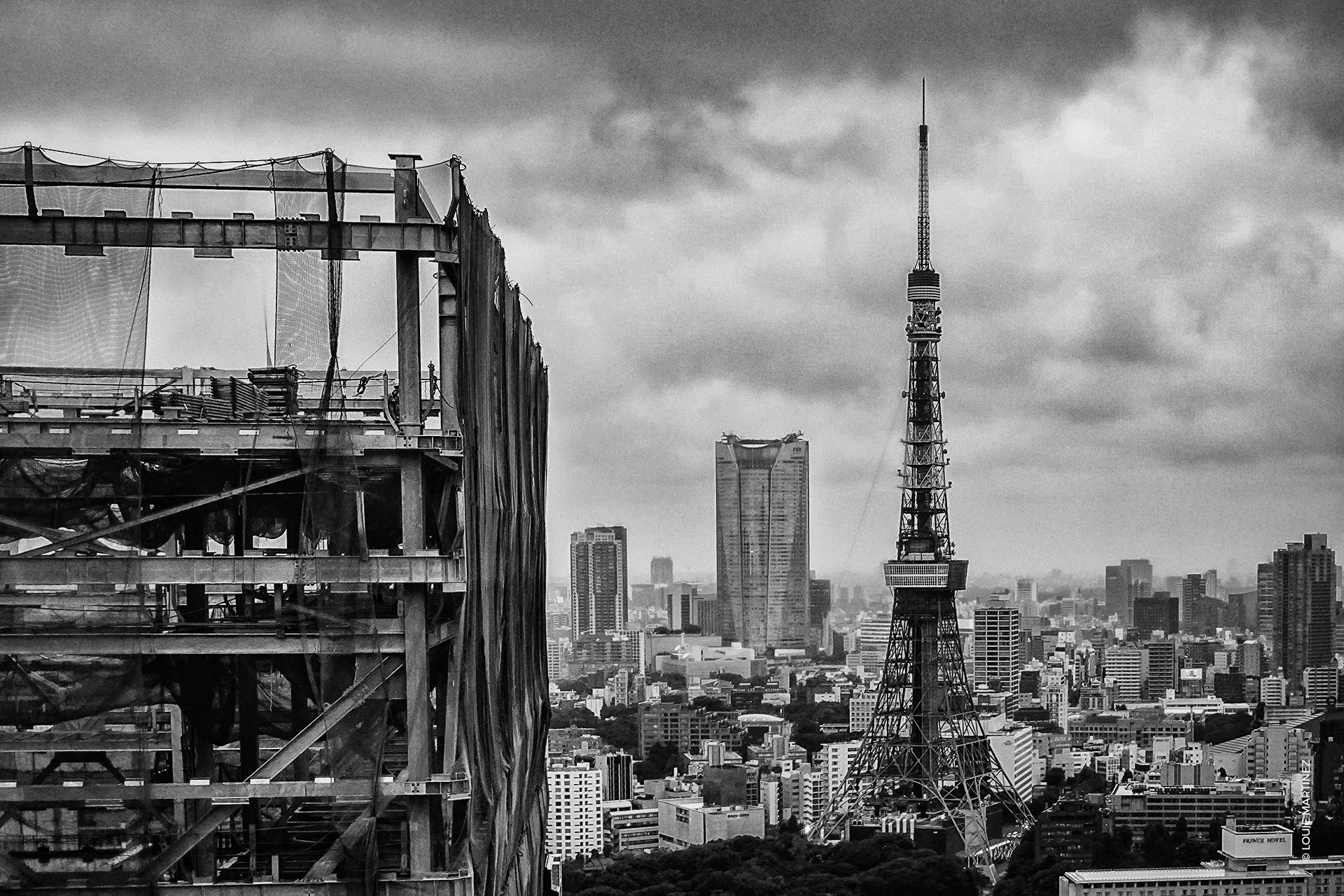

I make my own adjustments by comparing my digital image to an actual print I made from Tri-X film. Silver efex S curve is far from what I get with real tri-x. Joe Longobardi - Street Photographer says: Rêves d'un Anonyme edited this topic 119 months ago. push tri-x to 3200 and the results are seldom as good as digital with tri-x 400 simulation. The main advantage of digital is that you can shoot at iso 3200 and make it look like 400 iso film. Nevertheless I saw great B&W results from digital including silver efex that were more pleasing to my eye than my film results. I haven't seen any digital emulation to get close to real film. I do not know if it is the combination of tonality and grain distribution or something else but film seem to have more depth and digital seems "flat" the HP5 curve seems closer to reality.ģ depth.

(Silver efex structure although great at macro detail seems distructive on micro level) I got similar results when I was comparing my scanned tri-x negatives:ĭensity and form: digital emulation can get very close to actual results (compared XTOL developer with tri-x 35mm film)ĭistribution and detail: real grain distribution varies a lot depending on the exposure received digital tries to take this into consideration but does not match the real result.The closest results I got from DXO filmpack4. HI, I am currently experimenting to switch from analog to digital and trying to find the best film emulator for B&W. Perhaps I will shoot with Delta 100 or Fuji Neopan 100. So next time I will take that into consideration. The digital file from my example was shot at 400 ISO, which on my DX sensor did not render the sharpest image to work with. I'm going to try to actually get a better digital result. I'm planning on rigging another test sooner or later.

My example is not really scientific, at all, but gave me something to look at and say "oh, that's interesting".

I just wanted to see if anyone else has shot film and compared it with a digital file processed with Nik's Silver Efex Pro plugin.


 0 kommentar(er)
0 kommentar(er)
